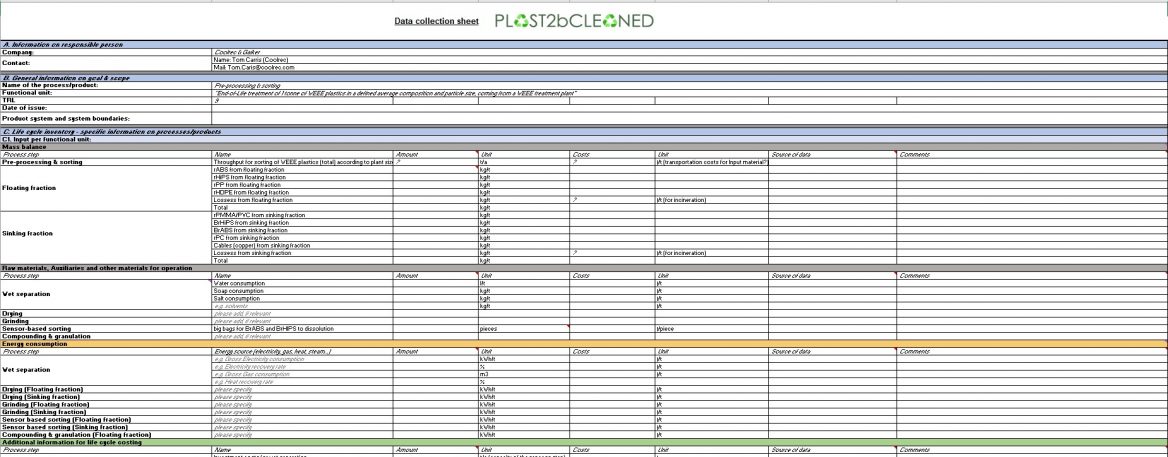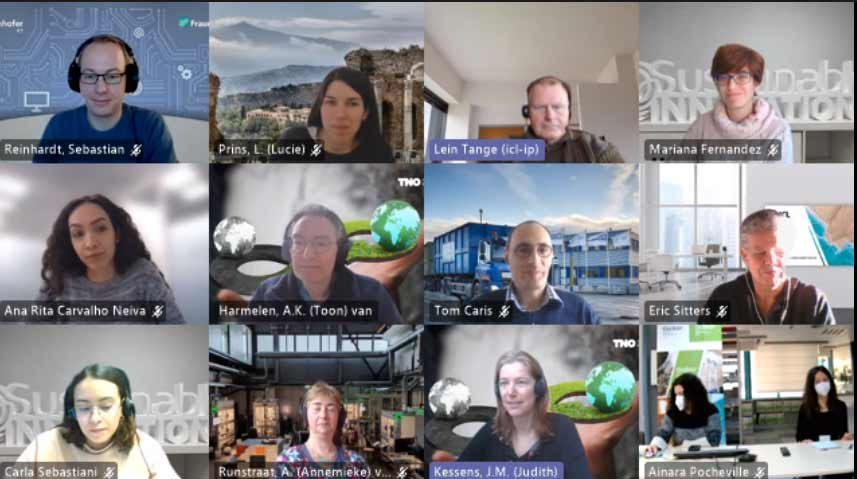Screenshot of PLAST2bCLEANED’s Inventory data collection sheet for the full LCA/LCC
As part of the tasks PLAST2bCLEANED is developing, the project is carrying out both a life cycle assessment (LCA) and a life cycle costing (LCC). During this first period, the main objective has been to establish the final methodological approach, as well as to develop a detailed and complete inventory data collection sheet.
To achieve this, first, the consortium decided on the final goal and scope, and PLAST2bCLEANED system’s definition and graphical description were updated to the latest insights from the PLAST2bCLEANED current research and prepared for the final assessment.
Likewise, a small-scale study was conducted on technology upscaling and learning methods, enabling the translation of lab-scale data to real data from a simulated commissioned and operative plant in Europe (sensitivity for countries, electricity mix, etc.) The aim of this research was to test the sorting and dissolution technologies under development on the project, to prove them valid and replicable, and it was finally validated by experts from the consortium and improved in the data collection sheet.
Results were shared with similar initiatives addressing plastics recycling like NONTOX and CREAToR to align the methodology framework and establish a common ground for future projects.
Finally, a detailed inventory data collection sheet was prepared and sent out within the project with an updated process flow diagram for partners’ input.
In the following months, TNO, responsible for these tasks for PLAST2bCLEANED, will collect all the inventory data and perform an LCA and LCC study for the final assessment.














